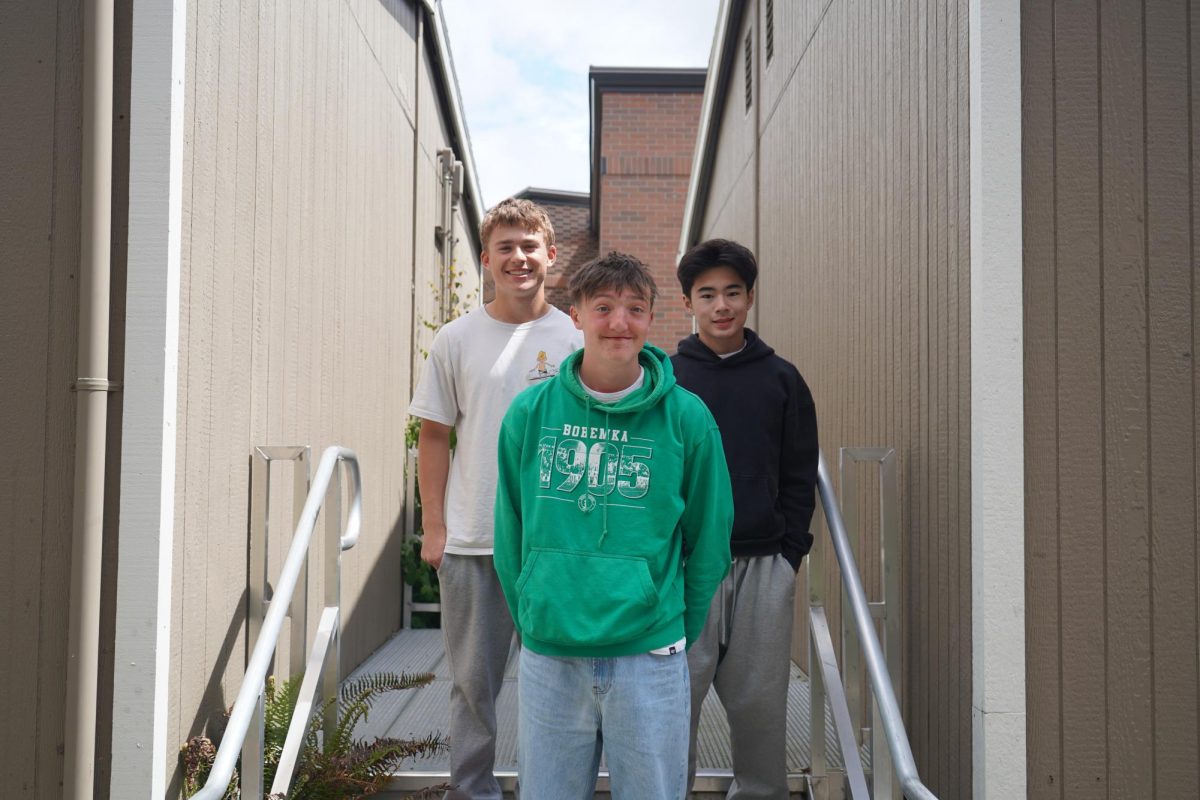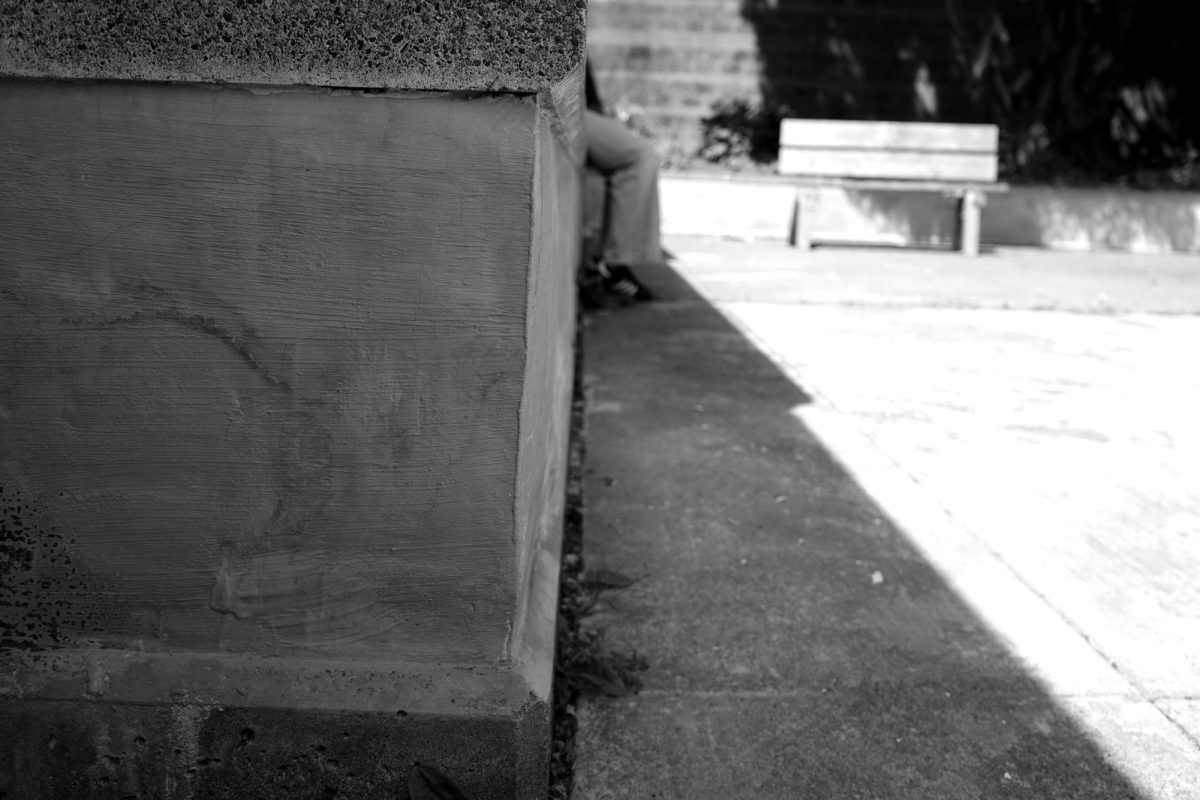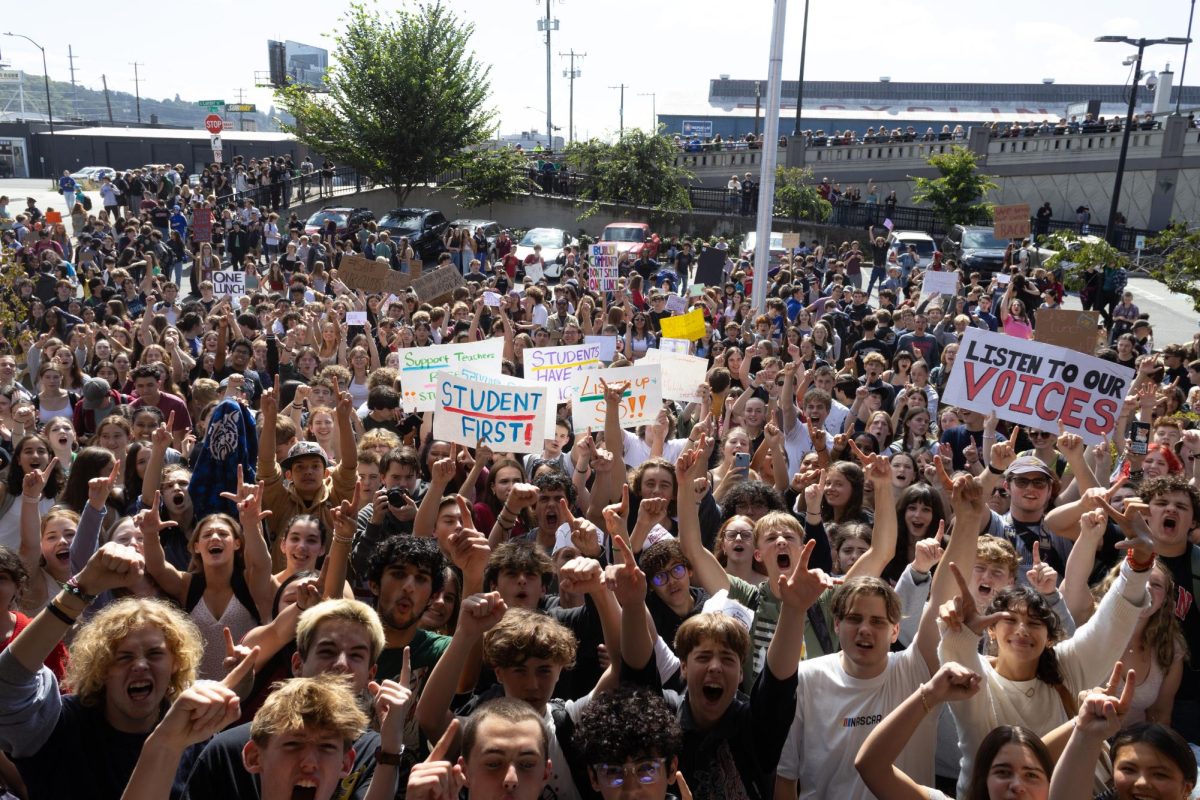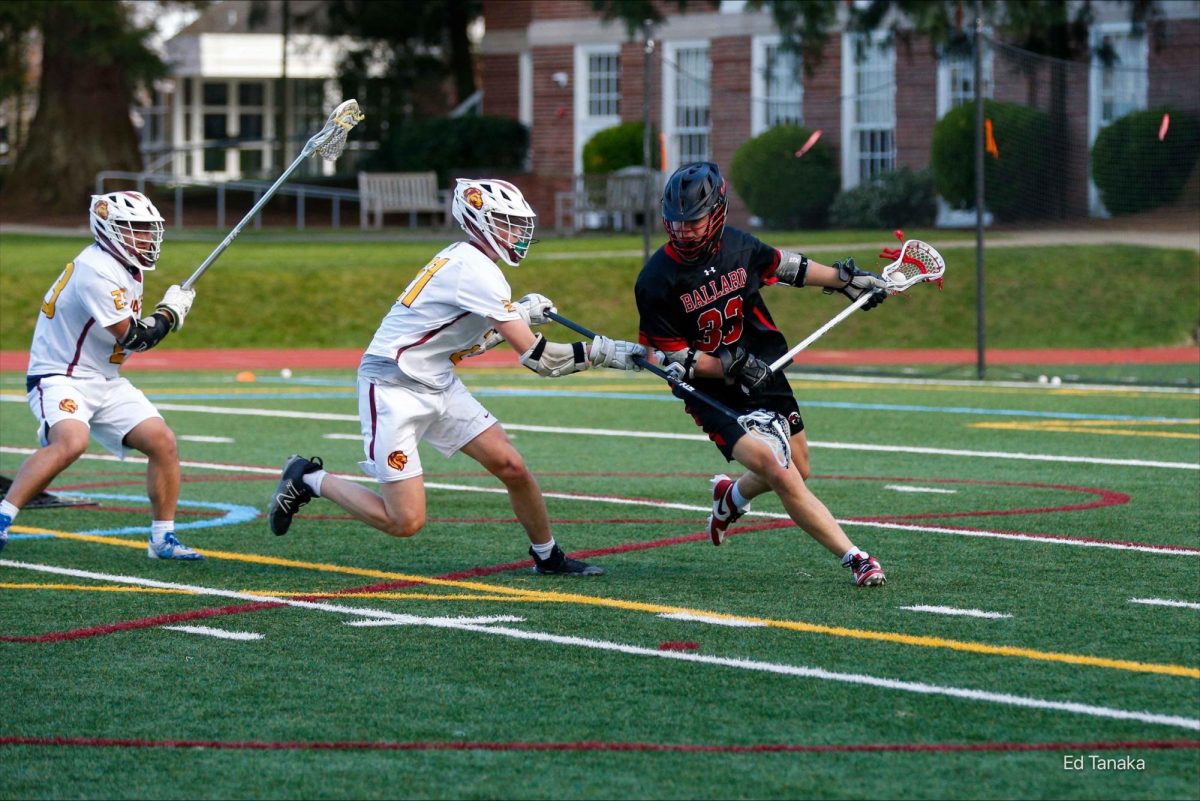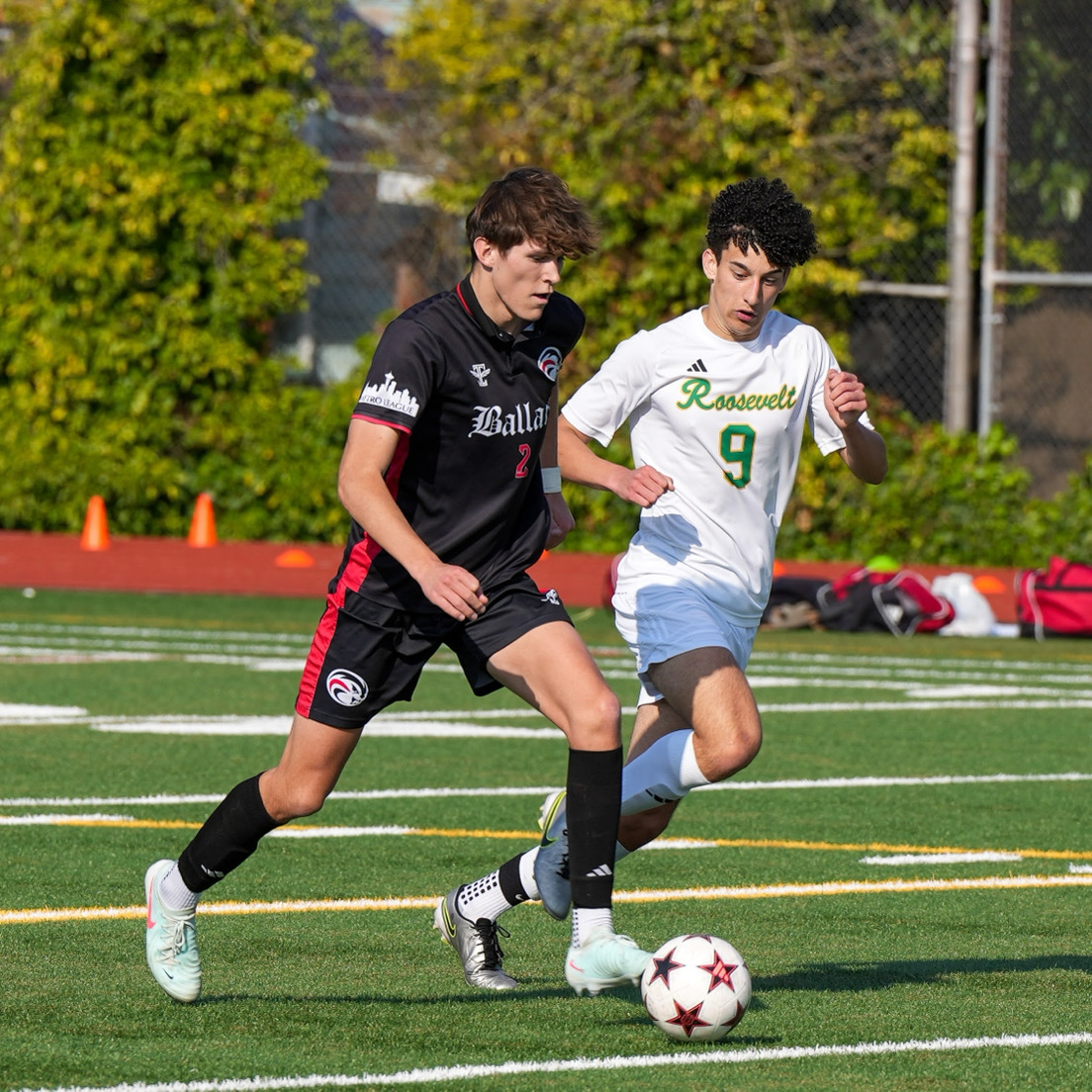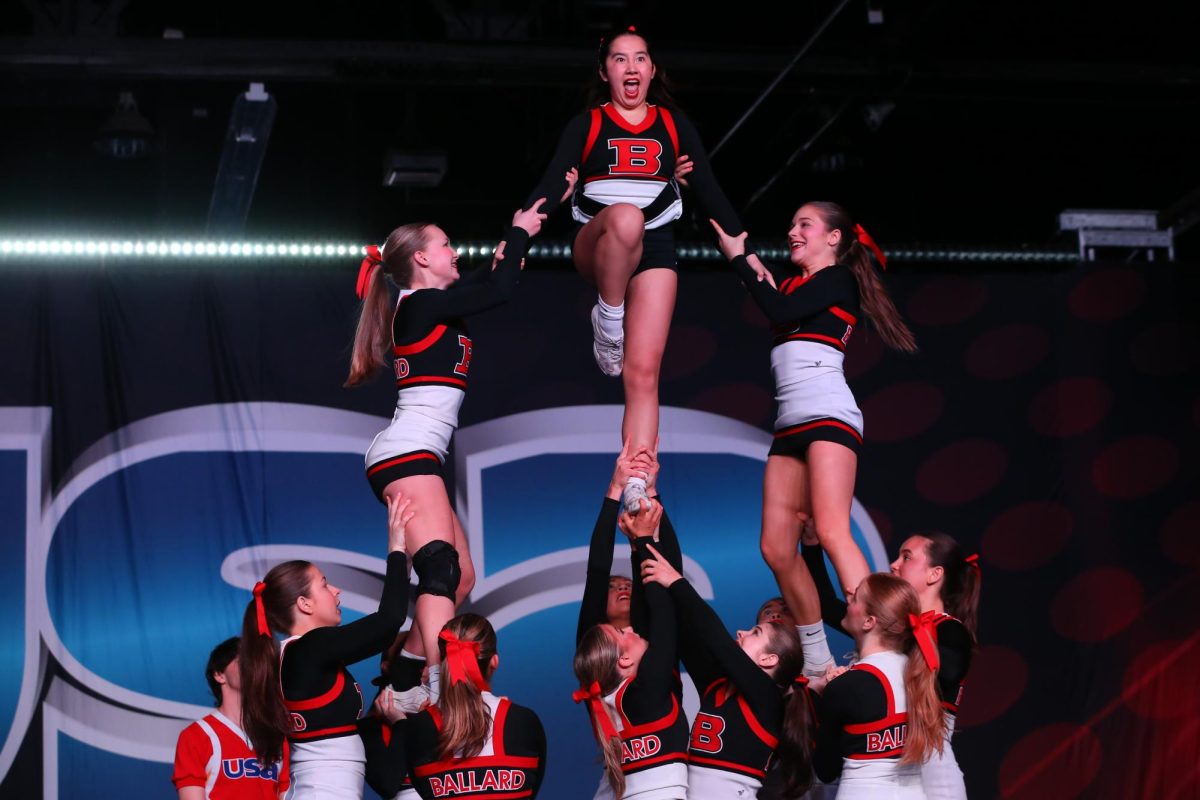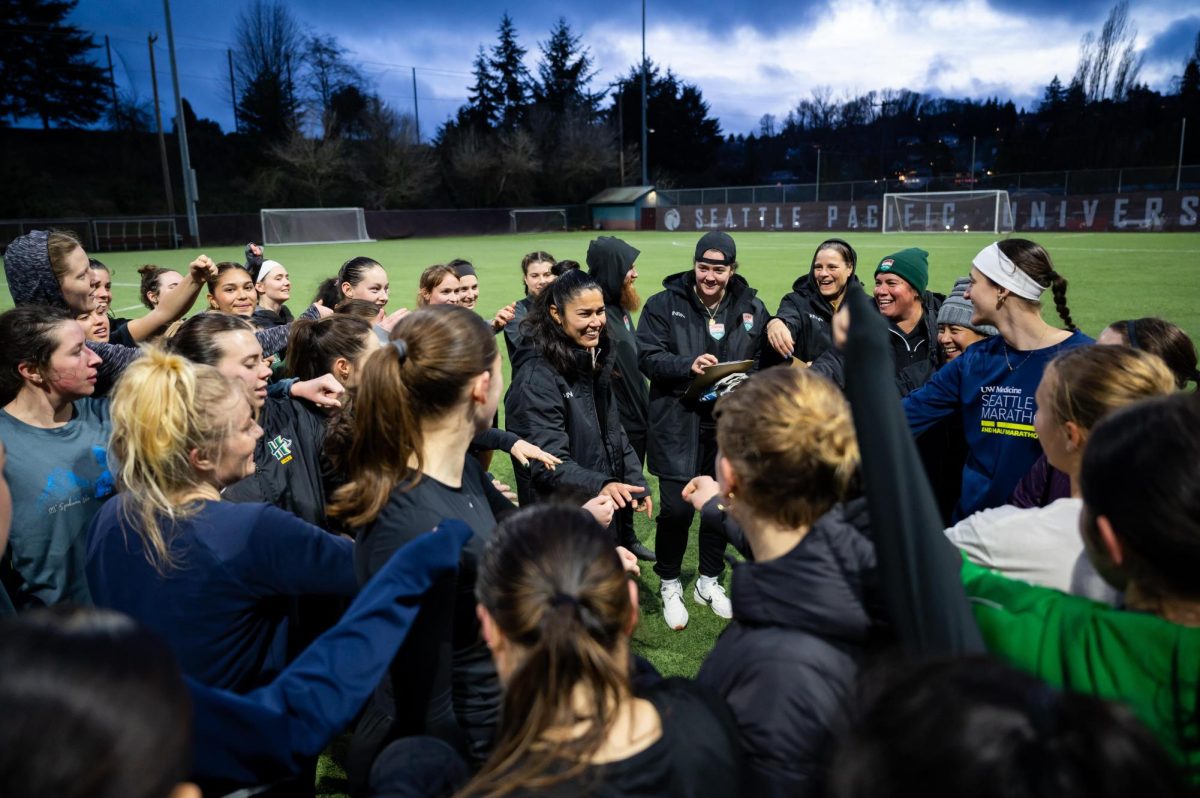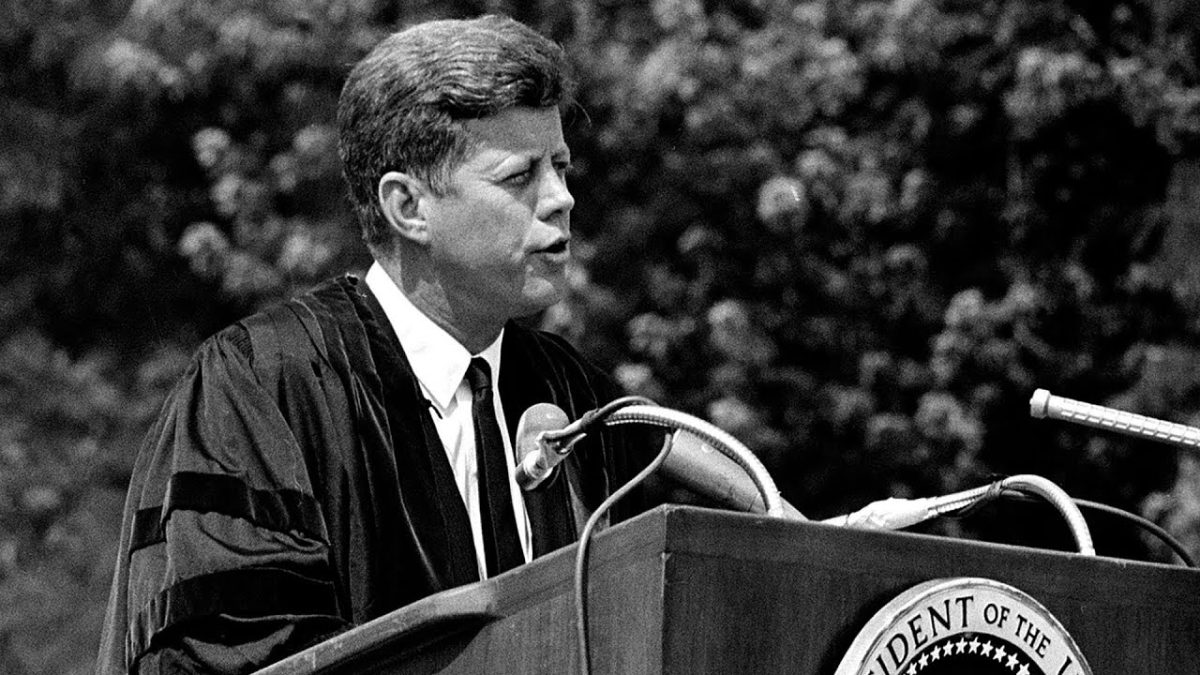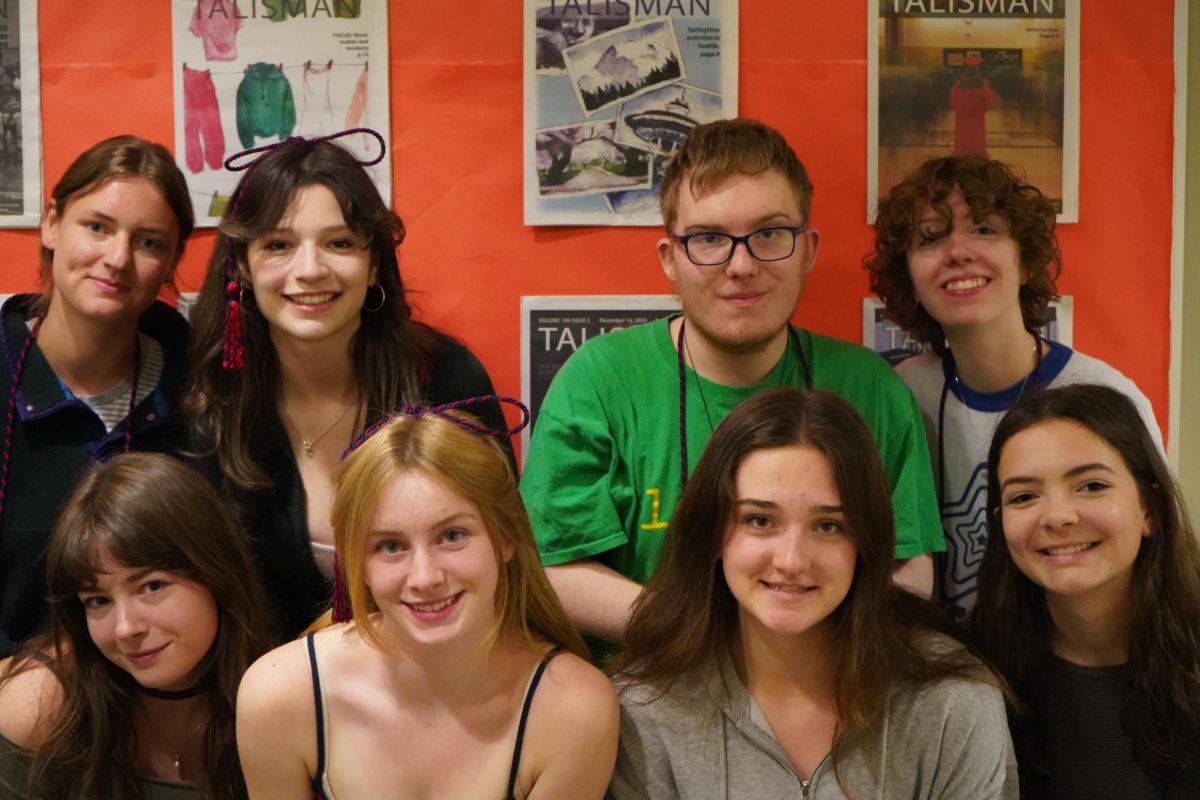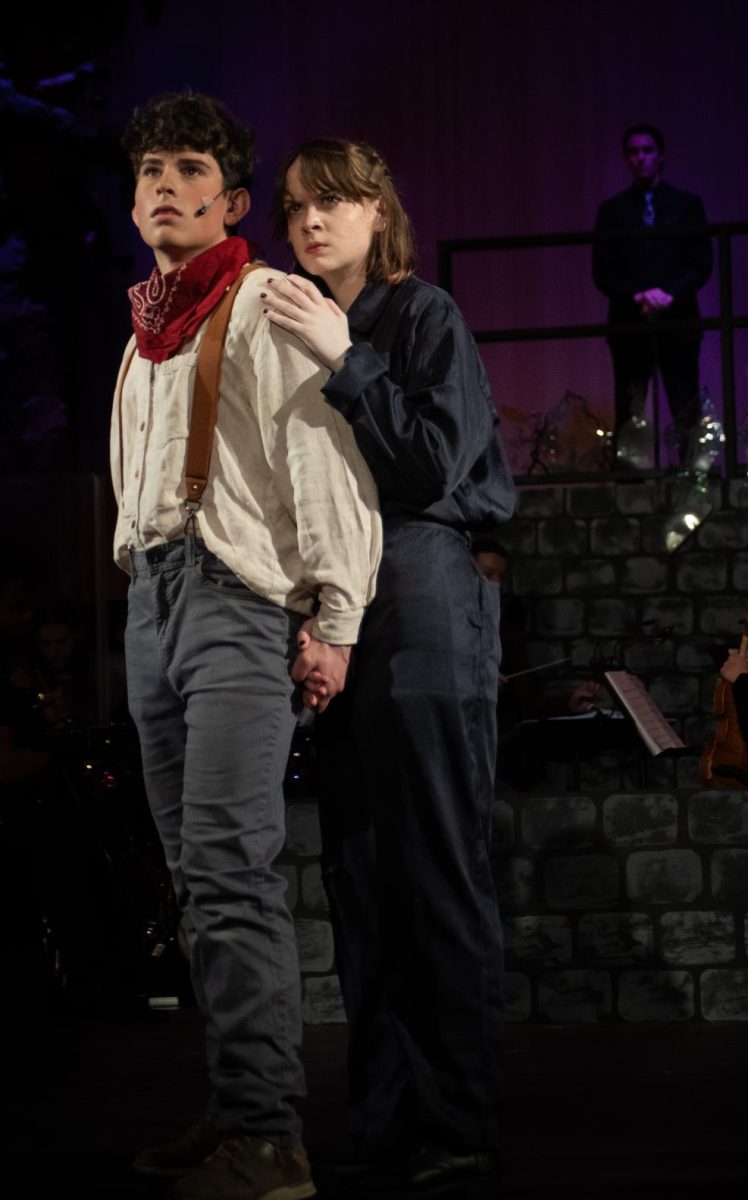This school year a significant change was made to the school-day schedule. The biggest change is that lunch, once a leisurely hour, has been reduced to just 30 minutes. This shift has sparked considerable discontent among students and teachers alike, leading to many questions of why this change happened.
The reason for the change given by the district at the end of last year was that Ballard didn’t have enough minutes of in classroom time.
“I preferred lunch last year,” senior Faryn Ernst said, referring to the hour-long lunch break students had for the 2023-24 school year. “I had enough time to do the things I needed to do. I could finish tests if I needed to and still have time to eat, attend clubs, and was able to go off campus for lunch and get back on time.”
Many students feel that lunch this year feels more like a race than a break. This is especially true for students with a lot of extracurriculars who used part of the hour-long lunch as a study hall.
“Even when I’m eating the whole time, if I’m having a conversation I can’t finish my lunch,” Ernst said. “While doing homework at lunch isn’t a necessity, being able to eat your lunch is.”
Senior Nora Jancola echoed Ernst’s statements about last year’s lunch and the contrast with lunch this year.
“I went off campus to eat with friends, participated in a club during lunch, studied and retook tests,” Jancola said. “[This year] I struggle to finish my food.”
This year since she is unable to finish her food within the given amount of time for lunch, she has to resort to bringing it into her fourth period class to finish eating there.
Ernst agreed saying “I don’t want to go to fourth period so I have time to go to Taco Bell.”
Students who were able to go off campus for lunch before and made a habit of it are now unable to unless they leave third period early or get to fourth late, which would result in missing instructional time.
It is not only students affected by the schedule change; art teacher Matthew Harkleroad shared his concerns about the policy.
“[It gives] no time for students to slow down and have a minute to catch their breath,” Harkelroad said. “There’s too much prescribed time and there’s no time to decide whether you need to go for a walk or play a game or scroll or talk to your friends.”
Senior Vanda Vacirca agrees.
“There’s so much pressure to get everything done and get through the day,” Varcia said. “ When you get home you can’t function. Lunch last year was a good break up point where you just got to be for a little bit. Now you just have to go go go and there’s no time.”
She also noted that she has noticed that many students don’t eat because they feel pressure to finish assignments during lunch.
This change has also negatively affected many surrounding businesses that in the past were filled with students at lunchtime. This year there has been a decline in students coming in, and since the student body was such a large part of the customer base, this affects profits.
Harkleroad stressed that to make change, parents would need to get involved. He believes that if enough parents voice their concerns, the school district may change its mind on the lunch schedule.
As students and teachers continue to navigate this new reality, the question remains: how can a system that prioritizes in-classroom learning time also honor the fundamental human need for breaks, social interaction and Taco Bell?
In an environment where stress is high, students and teachers agree that lunch should be a time to recharge and that a conversation surrounding our new lunch policy is crucial as to work towards creating an environment that balances academic expectations with the well-being of all students.

